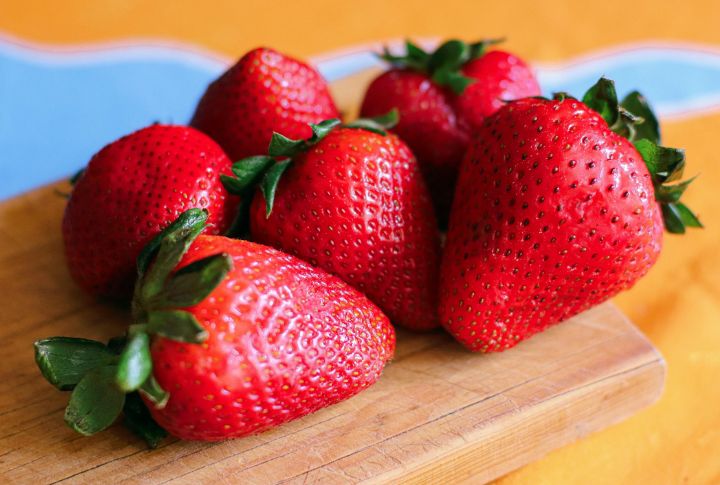
Pain does not need to run your life—what you eat can make a real difference in how you feel each day. Some foods, like refined carbs, sugary drinks, and processed meats, can fuel inflammation. Others help fight it. Learning the difference lets you turn everyday meals into simple relief. Here are foods that can help you feel better.
Grapefruit
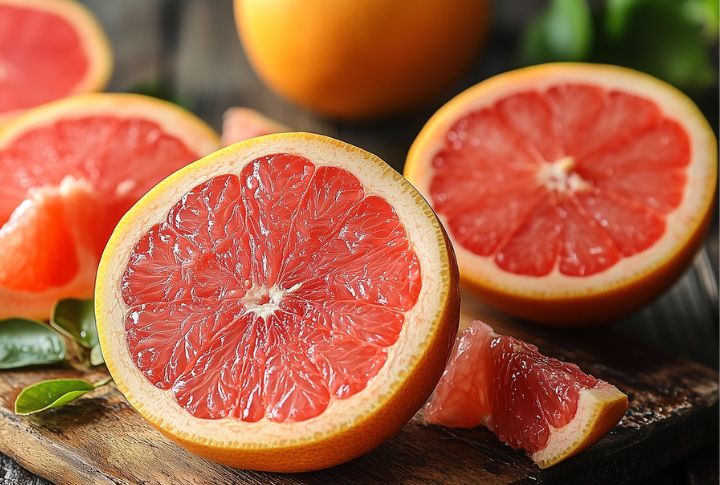
Grapefruit isn’t just a bright-colored breakfast fruit bursting with vitamin C. This citrus powerhouse contains polyphenols that help reduce inflammation linked to arthritis and joint pain. A 2018 study in Nutrients found that flavonoids in grapefruit ease oxidative stress. Swap out sugary snacks for a juicy grapefruit; it’s a delicious way to support pain relief.
Tomatoes
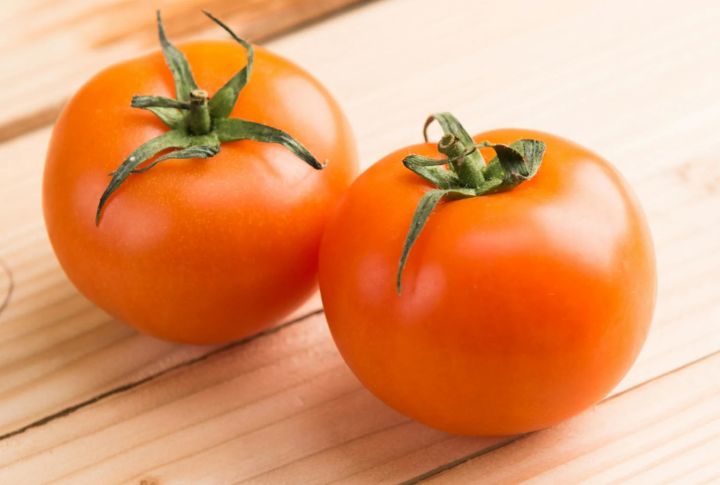
Rich in lycopene, tomatoes deliver powerful antioxidant benefits that combat chronic inflammation. Cooking them increases lycopene bioavailability, making tomato sauce a hidden hero for pain management. Evidence suggests lycopene may help tame inflammation. A warm bowl of tomato soup offers both comfort and relief.
Carrots
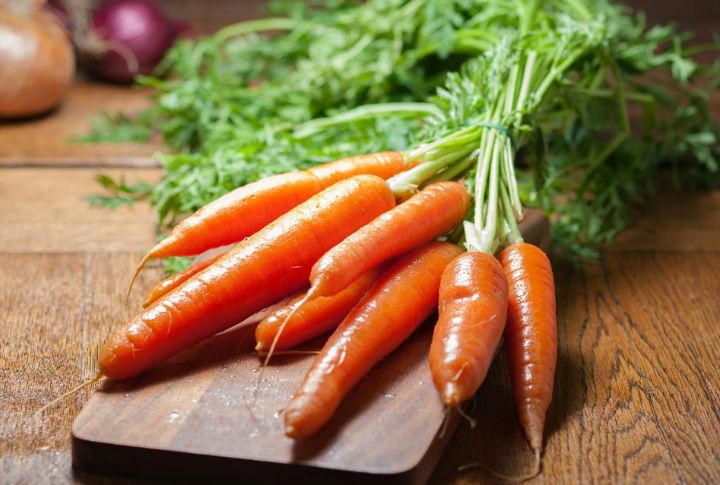
Crunch into some relief with carrots. Packed with beta-carotene, these orange gems help regulate oxidative stress and reduce discomfort in muscles and joints. A study published in Nutrients links carotenoid-rich foods to lower inflammatory responses, which makes carrots an ideal snack for pain sufferers. Roast them, juice them, or enjoy them raw; their soothing properties stay intact.
Chili Peppers

Have you ever felt the heat from a spicy meal? That’s capsaicin at work—an active compound in chili peppers known for its pain-relieving effects. Capsaicin blocks pain signals by reducing substance P, a neurotransmitter responsible for pain perception. If inflammation is a concern, adding a little spice to your meals may be the fiery fix you need.
Olive Oil
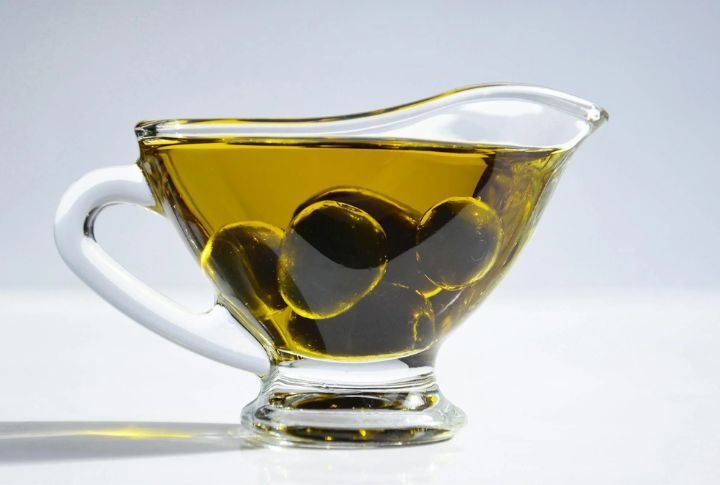
These golden olive oils are rich in heart-healthy fats. They contain oleocanthal, a natural anti-inflammatory compound that mimics ibuprofen. Researchers discovered that oleocanthal inhibits COX enzymes, which contribute to swelling and pain. Swapping processed oils for extra virgin olive oil could be the most straightforward dietary tweak for keeping aches at bay.
Dark Leafy Greens
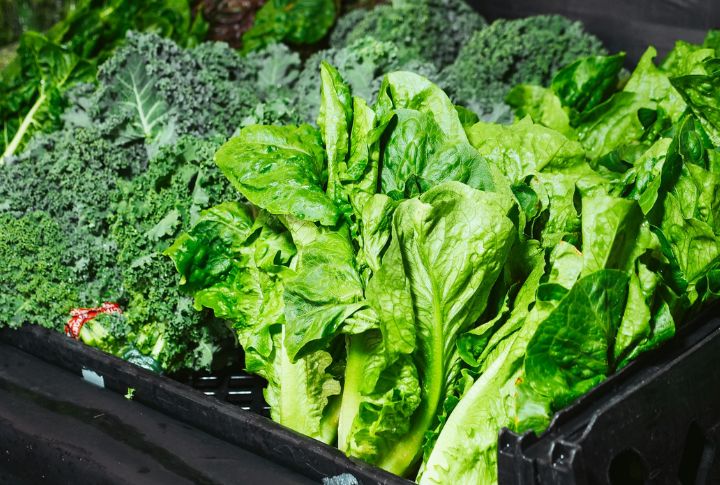
Kale, spinach, and Swiss chard are nutrient-packed with high magnesium content. Magnesium relaxes muscles and regulates nerve function, which can be essential for managing pain. Magnesium deficiencies are linked to heightened discomfort, making dark greens a must-have. You can blend them into a smoothie or sizzle them in a pan.
Berries
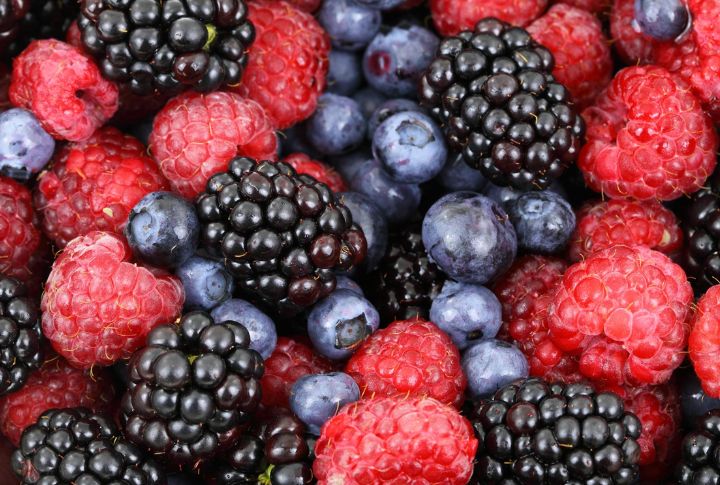
Berries are tiny but mighty, packed with anthocyanins, powerful antioxidants that protect cells from inflammation. Their sweet-tart burst of flavor isn’t just enjoyable. Blueberries, strawberries, and blackberries have shown potential in research for helping ease muscle soreness that can follow a tough workout.
Salmon
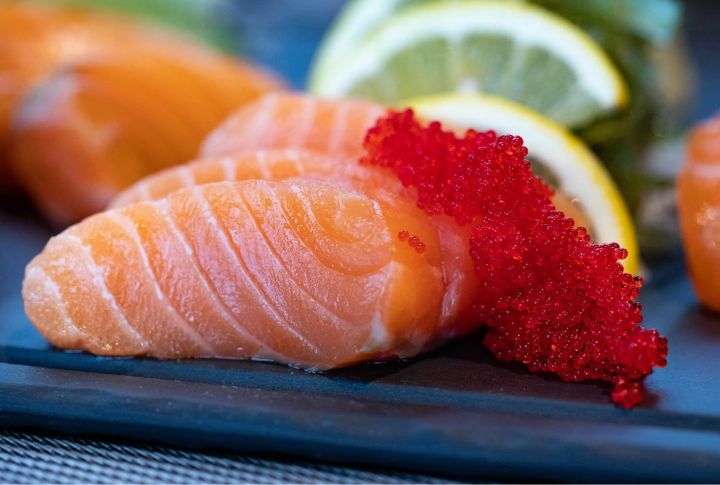
Omega-3 fatty acids in salmon can work wonders for chronic pain sufferers. These healthy fats help regulate the body’s inflammatory response, easing joint stiffness and muscle soreness. A study in the Pain Medicine journal reported that omega-3 fatty acids matched the pain-relieving effects of common NSAIDs.
Turmeric
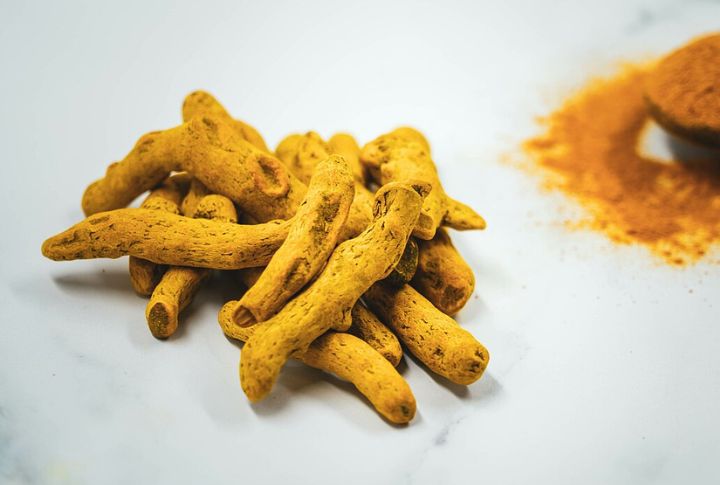
Turmeric is a staple in anti-inflammatory diets. Curcumin, its active compound, is linked to pain relief in conditions like osteoarthritis and fibromyalgia. Combining turmeric with black pepper boosts how well your body absorbs it, turning this golden spice into an even more powerful tool against chronic pain.
Nuts and Seeds
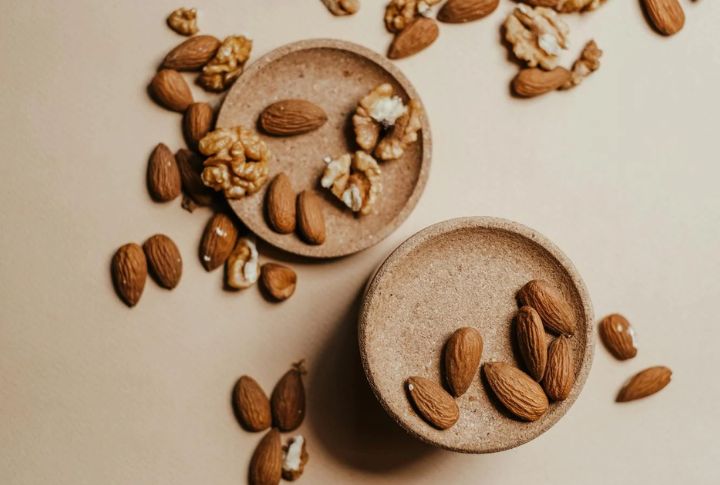
Almonds, walnuts, and flaxseeds contain omega-3s and magnesium, two key nutrients for inflammation control. A study published in PubMed Central also highlights walnuts as effective in reducing markers of chronic pain. Sprinkle them on yogurt or enjoy them as a crunchy snack—either way, these tiny bites pack powerful relief.
Leave a comment